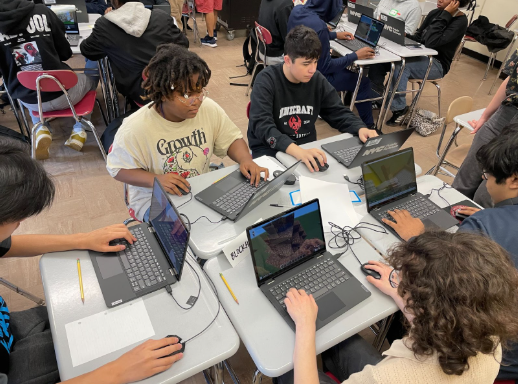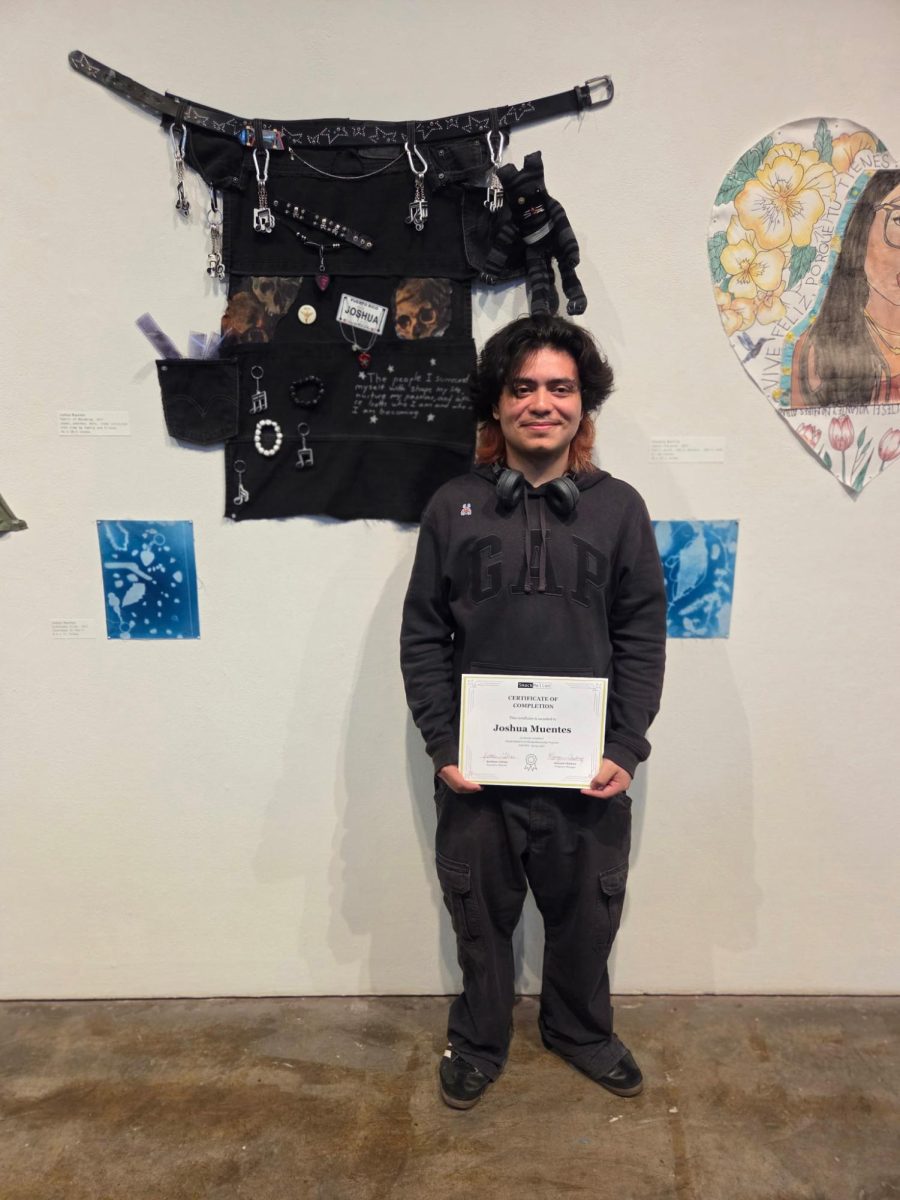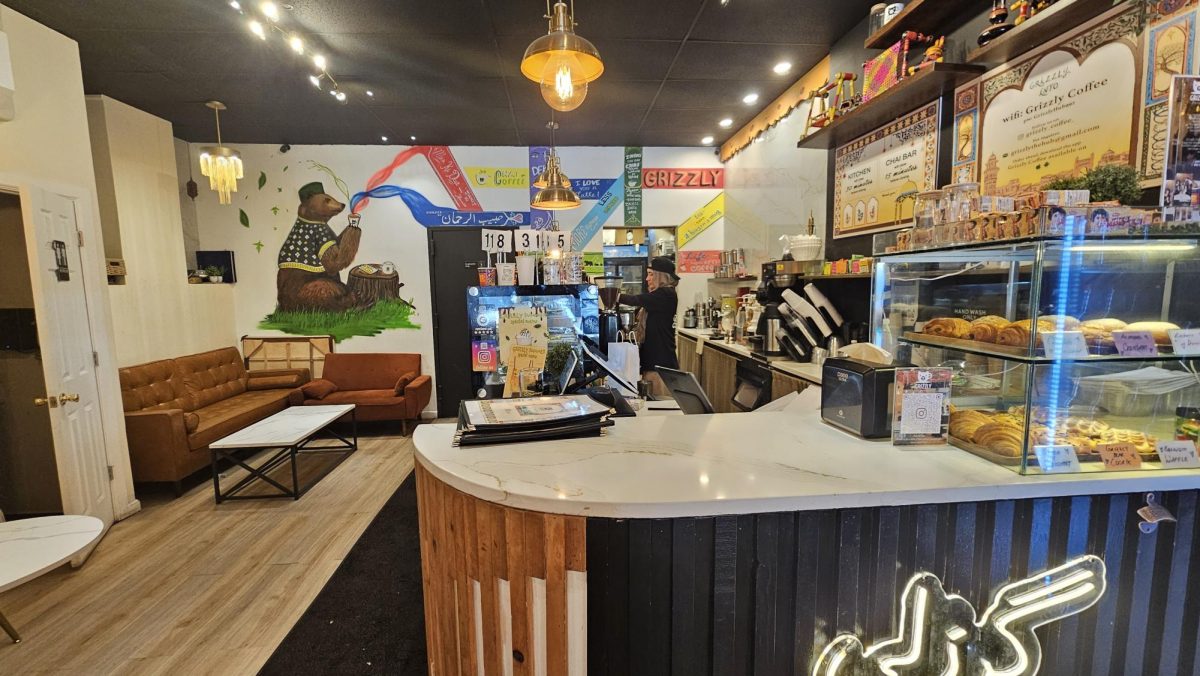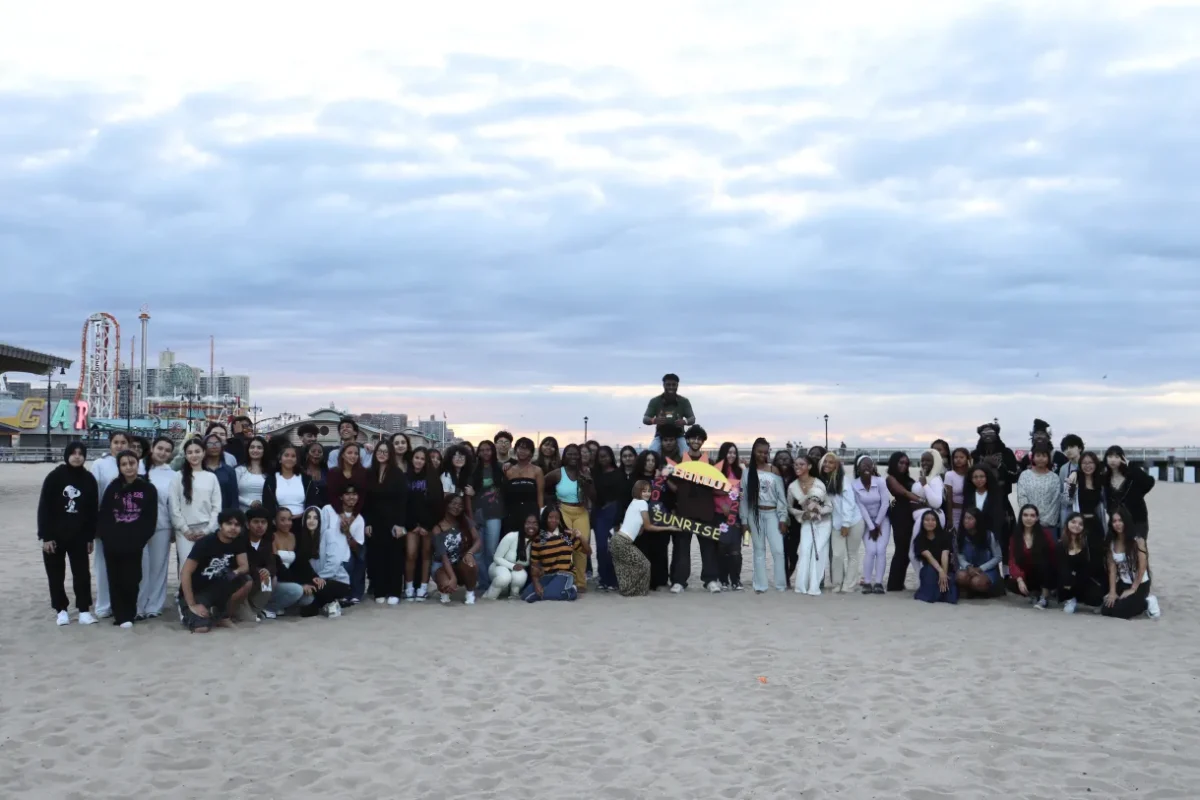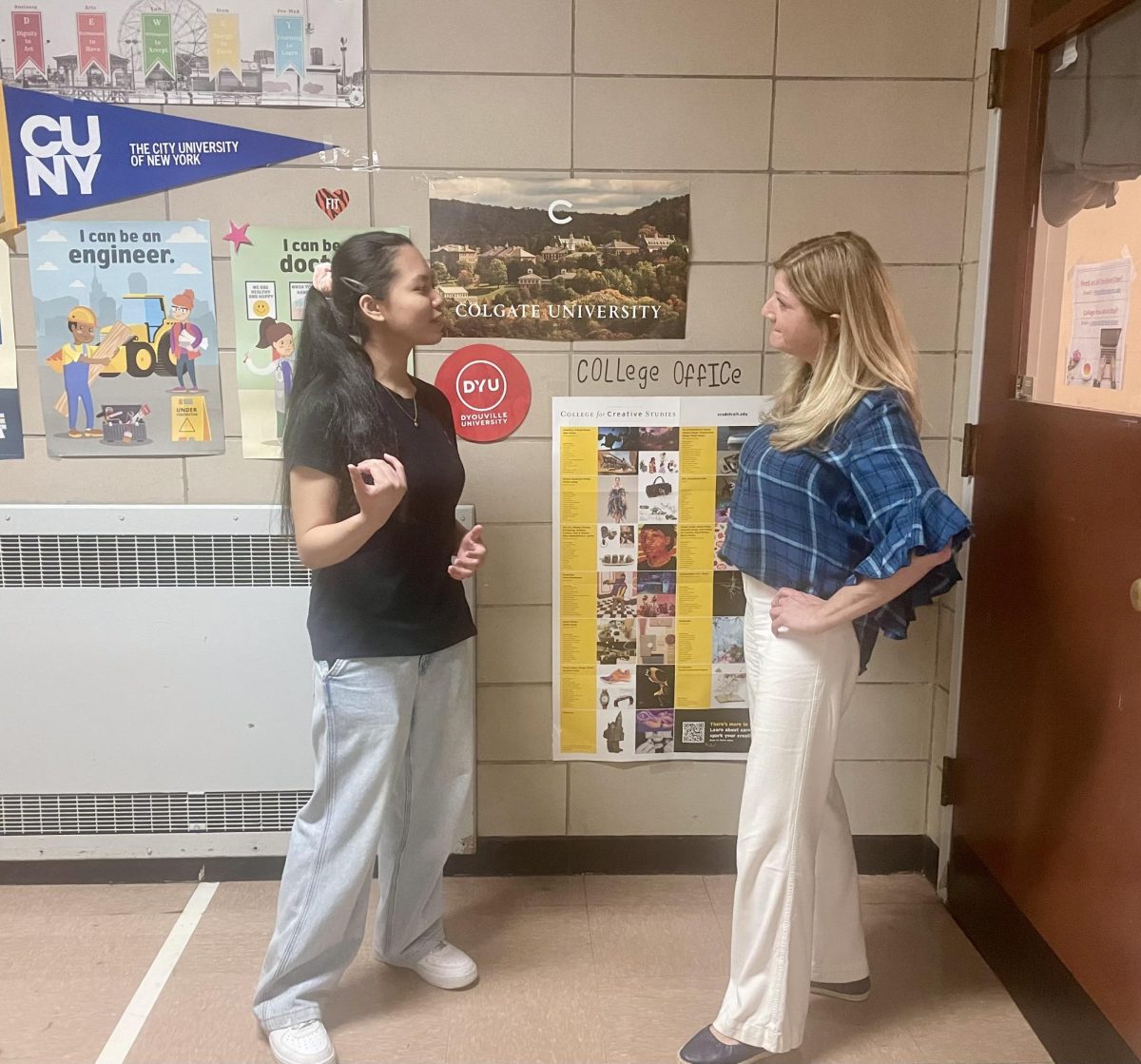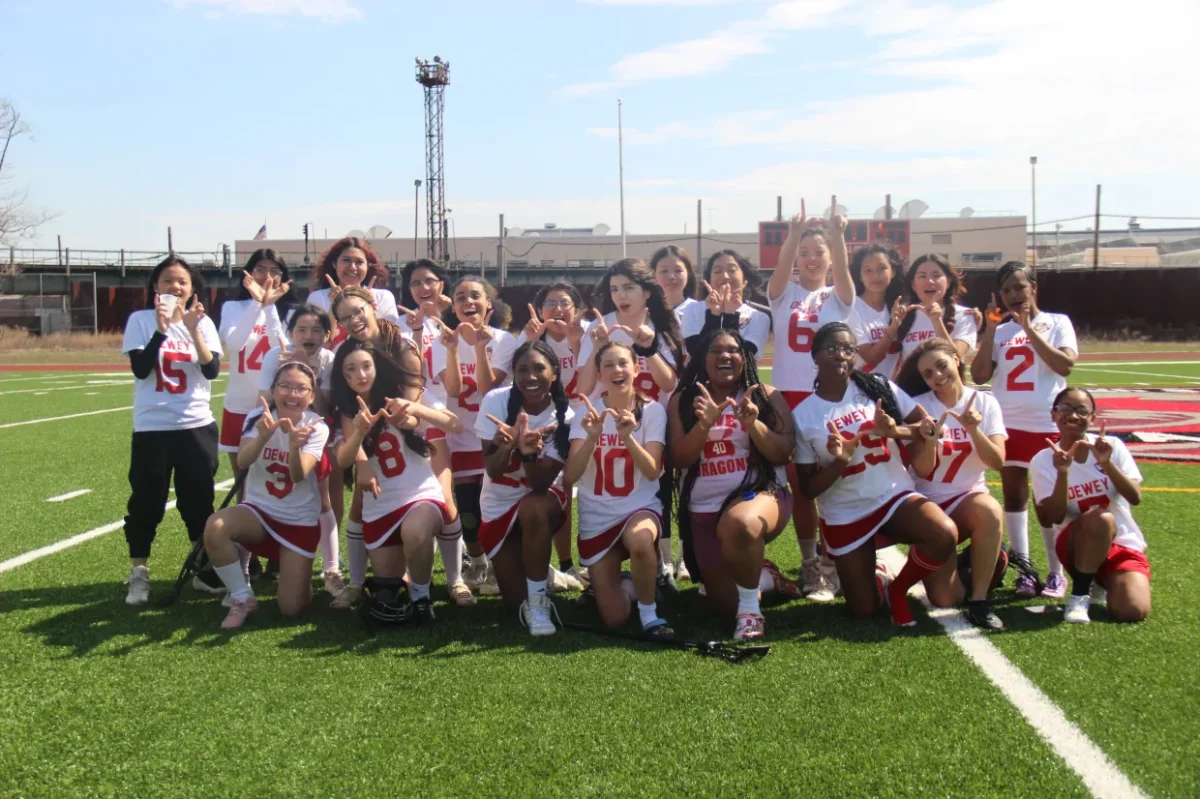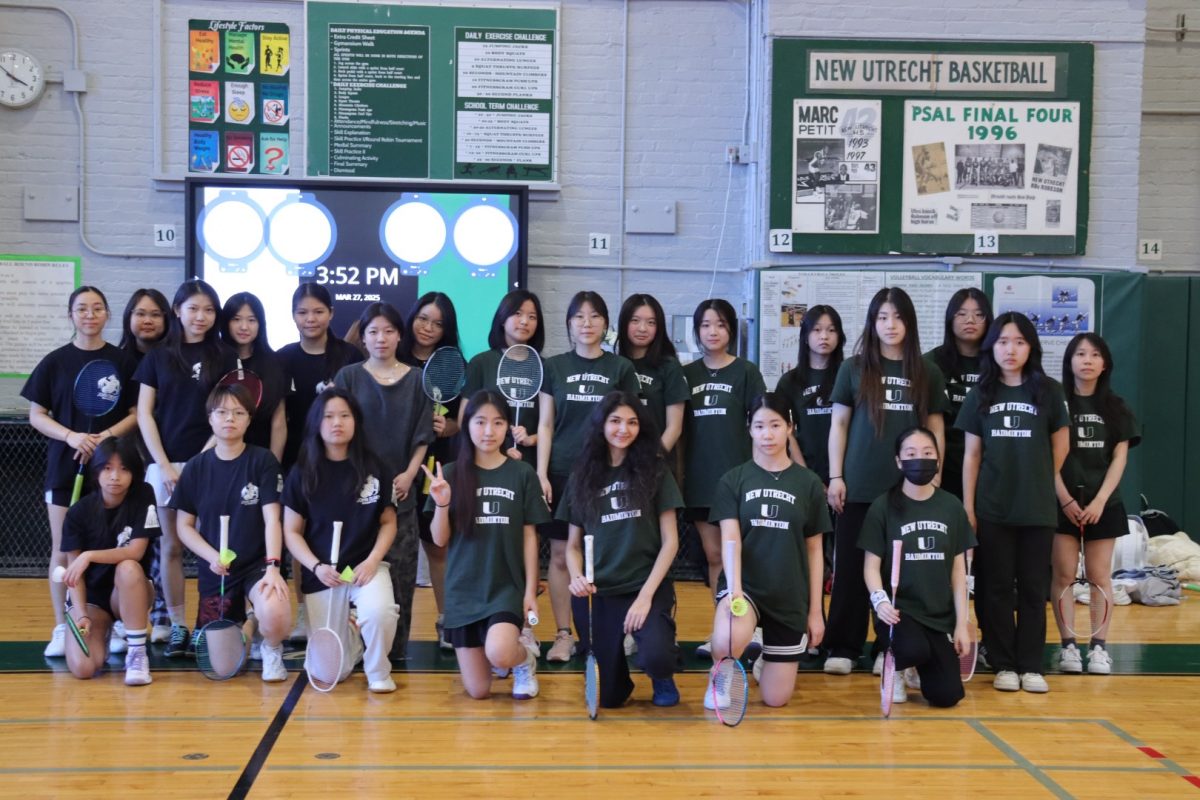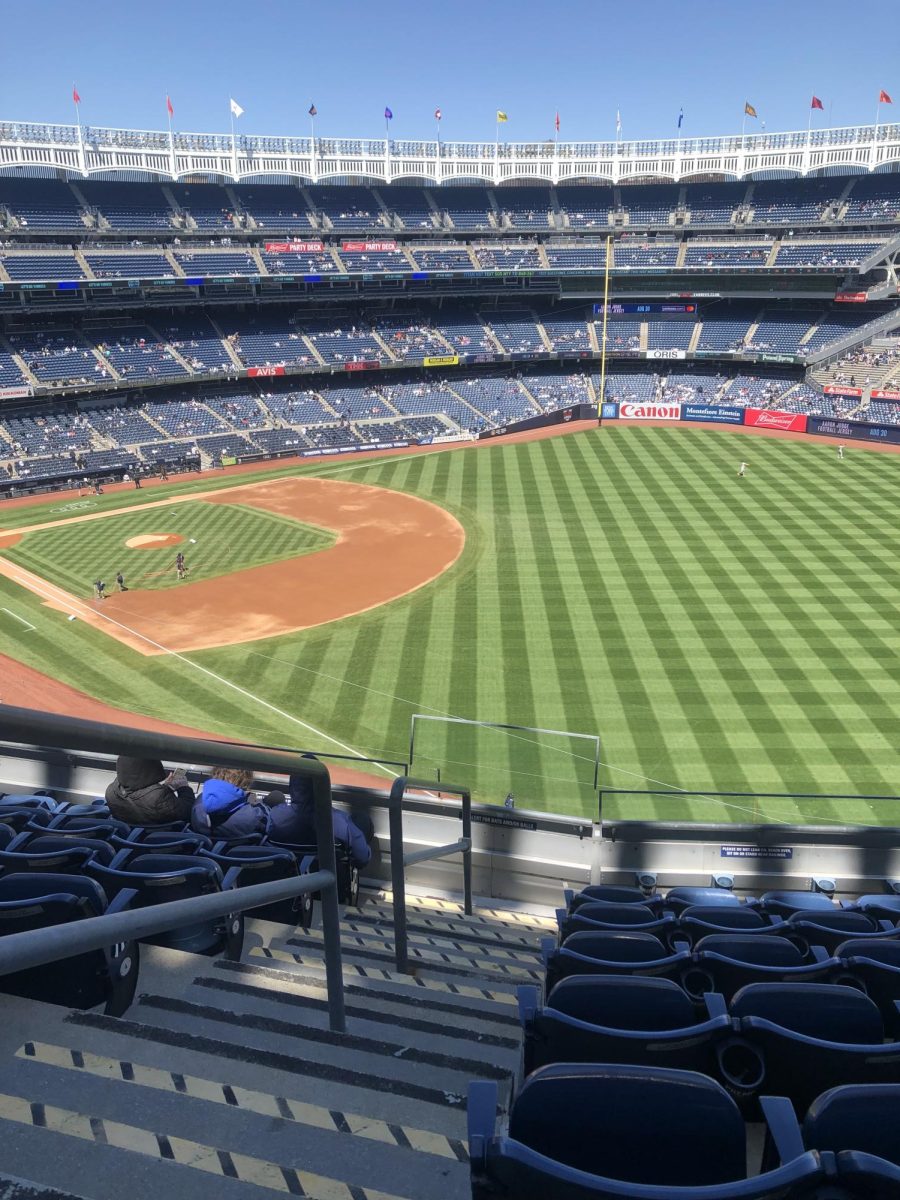There were 343 school shooting incidents in 2023, 37 of which resulted in injury or death. This number has risen from 308 in 2022 and it only seems to be growing as conflicts throughout the world continue to be at the forefront of people’s minds. One of the biggest issues in America continues to be school shootings and to put into context just how big of a problem school shootings are in the United States, in 2023, the country with the second closest number of school shootings behind the US, was Mexico, with 8 school shootings.
While these statistics are truly frightening and show the grim reality of going to school in the US, I believe it does not tell the whole story and takes away from the valid steps schools, such as John Dewey, have taken to protect students and help them overcome their personal struggles that may lead them to commit such an awful act.
One of the steps John Dewey and many schools have taken to protect students that is rarely mentioned is scanning. Samantha Rosenblum, the social studies coordinator, speaks on scanning as follows, “I think before scanning. Before we had scanning I was a bit more [flustered], but this was 20 years ago, so society has changed and there’s been more gun violence, and I don’t think it made me nervous since we weren’t living in an age that was so violent, so it wasn’t an issue. We had more of an issue with kids bringing in sidekicks to school and there were robberies, so one of the ways schools tried to control that was to bring scanning and limiting electronics, which had the effect of making the school safer. This wasn’t a time when we had many issues with weapons, not to the scale of today, but scanning in general makes me feel safer,”.
Rosenblum’s response brings up an interesting perspective with scanning and how it helps her have peace of mind, she even says, “Scanning offers protection that gives me peace of mind. If I was working in a school that didn’t have scanning or my kids were in a non-scanning school. I would think about it a lot more. It would also be a major stressor for me.” Scanning offers not only the students and faculty going to these schools to feel safe, but also allows parents to know there is some level of protection against any potential harm that may occur to their kids, which ultimately creates an environment where people may feel more comfortable.
This sentiment about scanning was further echoed by Michael Satira, a teacher and self proclaimed ‘Peaceful Warrior’, stating “I think that right now, in our city, in school environments where people have weapons, I am thankful that schools are using scanning because it creates safety. Ultimately we want our student population to be safe and if there’s scanning, we’re doing everything we can to keep everybody safe. To let everyone in and not scan while weapons exist and people have them is not something I agree with,”.
Satira’s simple disagreement with the idea of not allowing scanning goes to show just how effective scanning is in giving people some level of trust in the safety of their school, which ultimately helps negate the possibility of an attack occurring .
While scanning seems like an essential way to keep a school environment safe and encourage peace of mind between students, faculty, and parents, there are certain aspects of scanning that are concerning and can build/already builds further disconnect between students and schools, such as invasive checks, students not being allowed to carry self defense tools, anomalous rules that should not exist that are linked to scanning, and systemic racism.
To start, systemic racism. In schools with scanning, 88% of the enrollment was made of students of color. Black and Hispanic highschool students were 3 times more likely to go to a scanning school in comparison to White high school students.
Rae Shih, Education Counsel, The Education Center and Jesse Barber, Research Analyst, Legal in their article, “WHAT IS THE NYPD HIDING ABOUT SCHOOL METAL DETECTORS?”, state “There’s also evidence that the stated reasons the NYPD implements metal detectors in some schools and not in others is mysterious, completely nonsensical, or racially-biased. For example, the Bayard Rustin Educational Campus (BREC) in Manhattan’s Chelsea neighborhood serves mostly students of color and is home to multiple schools for over-age and under-credited students. BREC students have been repeatedly subjected to unannounced metal-detector screening. In 2018, principals and students on the campus were informed by police that the metal detectors were necessary because of reports of crime in the neighborhood. But, the NYC Lab School for Collaborative Studies across the street – which has a predominantly white student body – has not had repeated metal-detector scanning.”.
This systemic racism seen through the implementation of scanning throughout schools in New York is something we as a society need to pay attention to and it further puts a bad taste in people’s mouths when a school, a place where you’re supposed to be welcomed and treated equally as everyone else, is part of the oppressive system that puts those less privileged down.
While the systemic racism that is associated with scanning is a massive issue, in many students day to day life, the more personalized aspects of school scanning, such as invasive checks and anomalous rules, are what affect students the most. To start, many schools in New York don’t allow students to bring phones into the building and scanning is one of the ways these schools enforce that policy, but is confiscating phones really the answer?
Michael Albertson in their article, “How random scanning hurts my school”, asks this exact question. Michael brings up 3 of his very insightful observations as “As students approach the school they must walk up a long, gradual hill. On scanning days, police vehicles parked in front of the building alert students to the situation. Those that fear the loss of their phone simply turn around and choose not to attend.
- Those who make the decision to attend have their phones taken away. In many cases these are academically-conscious students who rarely use their phones during instructional time.
- Students that do attend are very late to class because of long lines. The first three classes on these days are generally “throw-away” as such reduced attendance does not allow teachers to move ahead with the planned lesson. (In one instance, scanning took place on the day students were to take school-wide quarterly exams.) Additionally, with the gymnasium being the center of activity, all physical education classes are relegated to sitting in the auditorium for 45 minutes.
- Students who have their phones taken are in bad spirits for the rest of the day. They feel angry, upset and violated — focusing on academics is not the first thing on many of their minds.”
While the first two points don’t deal directly with phones, they do allow insight as to how scanning hurts a classroom and the time a teacher has to teach. To get back to the point, confiscating phones just creates further friction between a school and its students and negatively affects the way a student may act or feel throughout their school day. Furthermore, there’s the obvious concern a parent or student may have in case of an emergency, where the student is incapable of contacting a parent because their phone was confiscated.
On the topic of emergencies, many schools don’t allow self defense tools such as pepper spray through the scanning machine, which for many people, and in my own anecdotal experience, many women don’t feel right about, as their line of defense against an attacker both in and out of school is being taken away from them, which makes them feel unsafe.
However, these aren’t even the weirdest rules many schools will implement in relation to scanning. New York Daily News in their article, “Scanning Stress”, points to a strange rule in International High School at Lafayette, in which students were not allowed to bring water bottles to school, the article states “When the first announcements about no open bottles were made, the students were all very confused. The adults in our school claimed again that the rule had been introduced for ‘our own good’, but the students kept asking, ‘What harm could a single water bottle do to us?’ International Minds asked the same question to Officer M and her co-worker. The anonymous officer states, “You are not allowed to bring open bottles because the liquid sometimes spills when your bag goes though the scanning machine. As a result, the machines get damaged and it costs a lot of money to fix them. If a machine doesn’t work, the kids can’t come to school.’ Officer M had a quite different reason. She said, ‘We don’t know what’s in the bottle. It might contain chemicals or alcohol, which are not allowed in school.”.
Bizarre rules like not allowing water bottles in school, not allowing students to bring phones into schools, or not allowing students to keep self defense tools on them, need to be abolished or reworked to allow students to feel more comfortable in schools.
Although exploring the genuine problems with scanning and its implementation in schools does show scanning in a bad light, ultimately- scanning makes people feel safe. Jordanae Atkinson, a senior at John Dewey, and the other students interviewed for this article stated in their interview that scanning made them feel safer in school.
Atkinson brought up a good point with scanning, in which she states “It’s not great, but we have a decent amount of metal detectors and security guards to prevent a shooting, it’s not great, but it’s there… The only thing I would say is that teachers should be scanned too, because I feel like they can also shoot up a school. You never know what a person is going through, especially with the mental challenges people are facing nowadays, therefore I feel like everyone should be scanned.”.
Jordanae’s point about scanning teachers as well as students is one that I feel is very important and would only further protect the school and allow the attendants of said school to have a peace of mind. Plus, it would lessen the disconnect students may feel when scanning, as their teachers have to go through the same process as them, which would further build some empathy between students and faculty.
Kids deserve to be kids, and with the further increasing rates of school shootings, we need to find ways to protect them. Scanning, while a good step in the right direction, has many issues that need to be addressed and everyone should be scanned equally, however it’s not the be all and end all.
Rosenblum, Satira, and Atkinson all agreed in different ways that the best way to help combat the growing school shooting epidemic is to help people who are struggling mentally and for more people to have empathy and compassion for each other, to “fight for peace”, as Satira states. Both Rosenblum and Atkinson agreed that John Dewey has a good support system with many programs to help students who need it, but Atkinson mentions “I feel like we have the resources, but students are not using them.”, so I believe that John Dewey, with the resources it has, should further help students know they can get help any time they need it.
However, for all the schools that may not have as many resources as John Dewey has to help students combat mental health problems, they should build these pillars to help kids be themselves.

